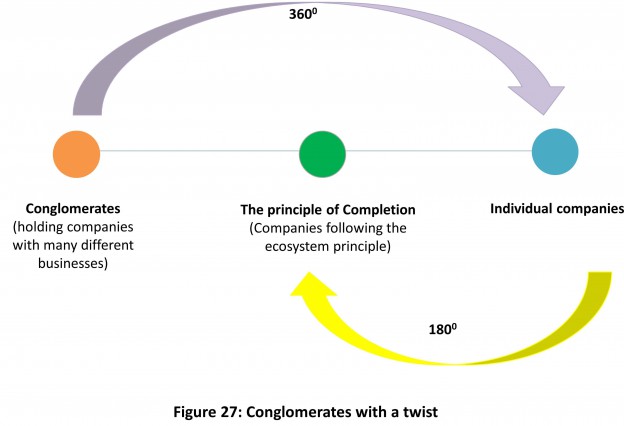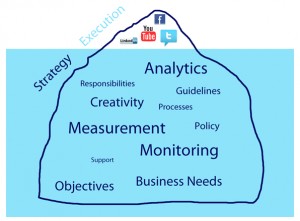Customer relationship management software is popular as it helps meets important goals for businesses. Reduction of manual processes, centralized information about customers, reduction of departmental silos, easy access to analytics and the like. Customer experience is dramatically enhanced. In addition, consultants to banks are calling this phenomenon relationship banking as opposed to traditional banking, which I personally think is pretty funny, but that’s the topic for another day.
In almost all the case studies I’ve come across, banks are actually far removed from the holy grails of customer relationship management. Most of those are about implementation in silos – our loan portfolio, our call center, our wealth management group, our leads management processes, our retail network and the list goes on.
What does that imply? It shows that even as product vendors are showing us the grand vision, we are still implementing in silos. As a result, the only real effects we are seeing is automation of manual processes with the usual benefits that come with that – reduction of errors, tracking, reduced costs to handle calls, faster turn-around times for decision making etc. In short, the customer is actually sort of taking a backseat in this this long list of benefits. It’s natural, because you get bogged down by the details when you start with a product implementation challenge.
After all is said and done, the underpinnings of successful customer relationship management is data. Good quality, centralized data that can then be leveraged by processes and software applications across the organization. So when you first think of CRM, its worthwhile thinking of the roadmap towards this basic construct of:
1. Data
2. Applications
3. Connecting pipes
Can you do all this through a CRM product? Probably a lot of it but do you want to? Maybe and maybe not. That decision hinges of many different parameters – very similar to how some banks choose to adopt their core banking platform’s web and mobile offerings, while some others choose to custom build that layer.
Its true that sometimes you may be hard pressed to roll out a software product for your department. That’s because ultimately, the way we are measured drives how we behave. That’s where the IT strategy of a bank steps in. Bank technology leaders should try to channel these needs to the CIO or the central architecture team that can then create a roadmap for this very important transformational initiative. In fact, if they can make a roadmap for this, everything else will follow.
So the next time you hear a CRM pitch, ask for a roadmap to your bank before you proceed. And think of what your customers really wish you were doing. Because, although it may not seem obvious to one department how the other might help, believe me, in the end, you’ll be speaking to the same customer, and looking to analyze their transactions in ways you never thought possible before. The world is connected today, and it means connecting with databases that not only lie within your own firewalls, but all over the cloud, and all over the world.
Some links that will help you start on that elusive vision are:
1. http://www.salesforce.com/industries/financial-services/
2. http://www.microsoft.com/en-us/dynamics/crm-financial-services.aspx
3. http://www.nexj.com/industries/financial-services/
4. http://www.crmnext.com/industries/banking/
5. http://www.oracle.com/us/products/applications/peoplesoft-enterprise/crm/052789.html
Browse them, build you vision, and don’t ask for a demo yet! That time will come.
Photo credit: <a href=”https://www.flickr.com/photos/smemon/5696202738/”>Sean MacEntee</a> / <a href=”http://foter.com”>Foter</a> / <a href=”http://creativecommons.org/licenses/by/2.0/”>CC BY</a>


